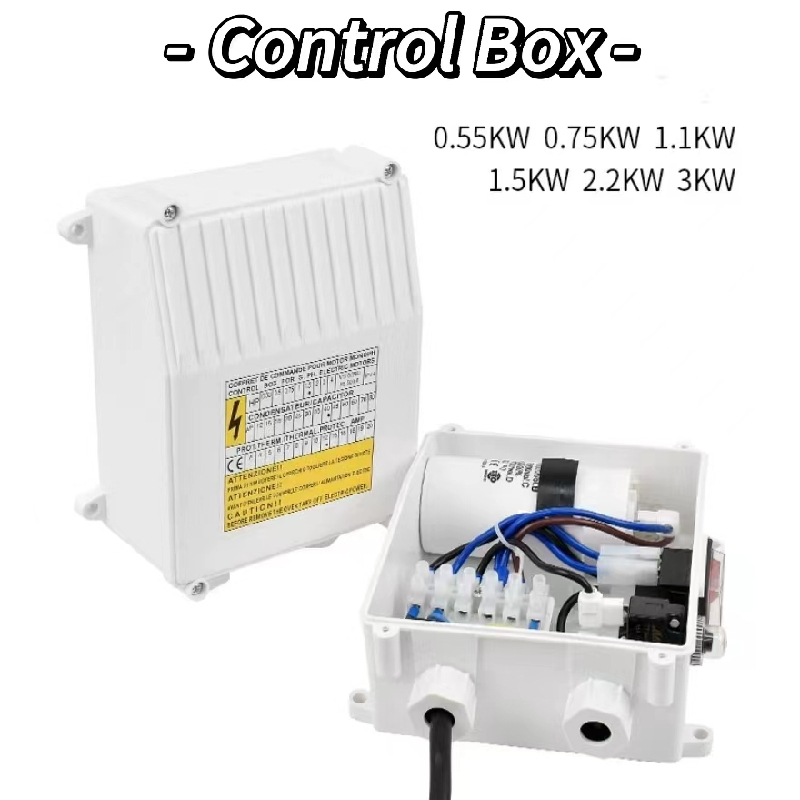The Role of Tape in Electrical Insulation A Comprehensive Overview
In the world of electrical engineering and maintenance, the importance of electrical insulation cannot be overstated. It is an essential aspect that ensures the safe and efficient operation of electrical systems. Among various insulation materials, electrical insulation tape plays a crucial role. This article delves into the significance, types, applications, and best practices related to electrical insulation tape.
Understanding Electrical Insulation
Electrical insulation is the process of preventing the unwanted flow of electric current. It serves to protect both the components of a system and the users from potential hazards associated with electrical faults. Insulation materials are characterized by their high resistance to electric current, which minimizes the risk of short circuits, electrical shocks, and fires.
The Significance of Electrical Insulation Tape
Electrical insulation tape is a specialized type of adhesive tape designed to insulate electrical wires and other conductors. It is made from materials with excellent dielectric properties, meaning they do not conduct electricity. The use of electrical tape is critical for a multitude of reasons
1. Safety The primary function of insulation tape is to prevent electrical shock and short circuits. It acts as a barrier, safeguarding users and sensitive equipment from electrical hazards.
2. Durability Unlike regular adhesive tapes, electrical insulation tape is designed to withstand high temperatures, moisture, and various environmental conditions. This durability ensures that it maintains its insulating properties over time.
3. Versatility Electrical tape can be used in a variety of applications, from simple wiring repairs to more complex installations in industrial settings. Its flexibility allows it to conform to irregular surfaces and shapes.
4. Ease of Use Electrical insulation tape can be easily torn by hand, making it simple to apply in various situations. This ease of use enhances its accessibility for professionals and DIY enthusiasts alike.
Types of Electrical Insulation Tape
Electrical insulation tape comes in several types, each suited for specific applications. Some of the most common types include
1. PVC (Polyvinyl Chloride) Tape This is one of the most widely used insulation tapes. It is flexible, strong, and resistant to moisture and abrasion, making it ideal for general-purpose electrical applications.
tape electrical insulation

2. Rubber Tape This tape is self-fusing and creates a more robust bond when wrapped. It is excellent for high-voltage applications and is often used in outdoor environments where moisture resistance is critical.
3. Cloth Tape Used primarily for bundling wires and creating harnesses, cloth tape has a strong adhesive and is often used in automotive and marine applications.
4. High-Temperature Tape Made from materials such as polyester or silicone, this tape can withstand extreme temperatures and is commonly used in industrial settings or during motor repairs.
5. Electrical Heat Shrink Tubing While not traditional tape, heat shrink tubing is often utilized similarly. It provides a protective covering for wires and connections when heated, creating a tight seal that offers excellent insulation.
Best Practices for Using Electrical Insulation Tape
To maximize the effectiveness of electrical insulation tape, certain best practices should be followed
1. Clean the Surface Before applying electrical tape, ensure that the surface is clean, dry, and free from dust or grease. This ensures better adhesion and effectiveness of the insulation.
2. Apply the Tape Properly When wrapping the tape, overlap each layer by about half to ensure complete coverage and insulation. The tape should be applied with moderate tension to avoid loosening over time.
3. Humidity and Temperature Considerations Be mindful of the operating environment. Choose a tape that is suitable for the temperature and humidity conditions where it will be used.
4. Regular Inspections Periodically inspect taped connections to ensure that the insulation is intact and that there are no signs of wear or damage.
5. Avoid Overstretching While electrical tape is elastic, overstretching it can lead to a reduced insulating effect and may cause it to lose adhesion.
Conclusion
In summary, electrical insulation tape is a vital tool in ensuring the safety and reliability of electrical systems. With various types available for different applications, it offers versatility and protection in a wide array of environments. By understanding its significance and adhering to proper usage practices, both professionals and DIY enthusiasts can ensure effective insulation, contributing to safer and more efficient electrical operations.
-
XIANGFAN Rubber Tape-Ultimate Solutions for All Your Insulation NeedsNewsJun.24,2025
-
XIANGFAN Rubber Tape-Protection for Industrial and Residential ApplicationsNewsJun.24,2025
-
XIANGFAN Rubber Tape: Superior Safety and Sealing for Demanding EnvironmentsNewsJun.24,2025
-
XIANGFAN Rubber Tape: Reliable Solutions for Every Electrical ChallengeNewsJun.24,2025
-
XIANGFAN Electrical & Industrial Tape: Powering Reliability Across IndustriesNewsJun.24,2025
-
XIANGFAN Electrical & Industrial Tape: Excellence in Every ApplicationNewsJun.24,2025
